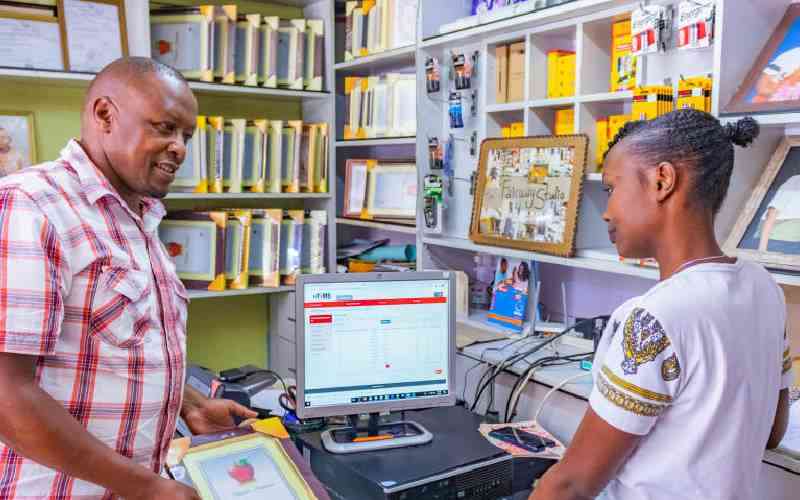×
The Standard e-Paper
Home To Bold Columnists

Reliance on manual processes poses significant challenges for revenue authorities, making it difficult to effectively administer tax collection and meet revenue targets.
To address these issues, revenue authorities are increasingly recognising the value of integrating technology into their operations. Technologies such as advanced data analytics and Artificial Intelligence (AI) enable revenue authorities to analyse taxpayer data, identify patterns, and uncover potential tax gaps or fraud.